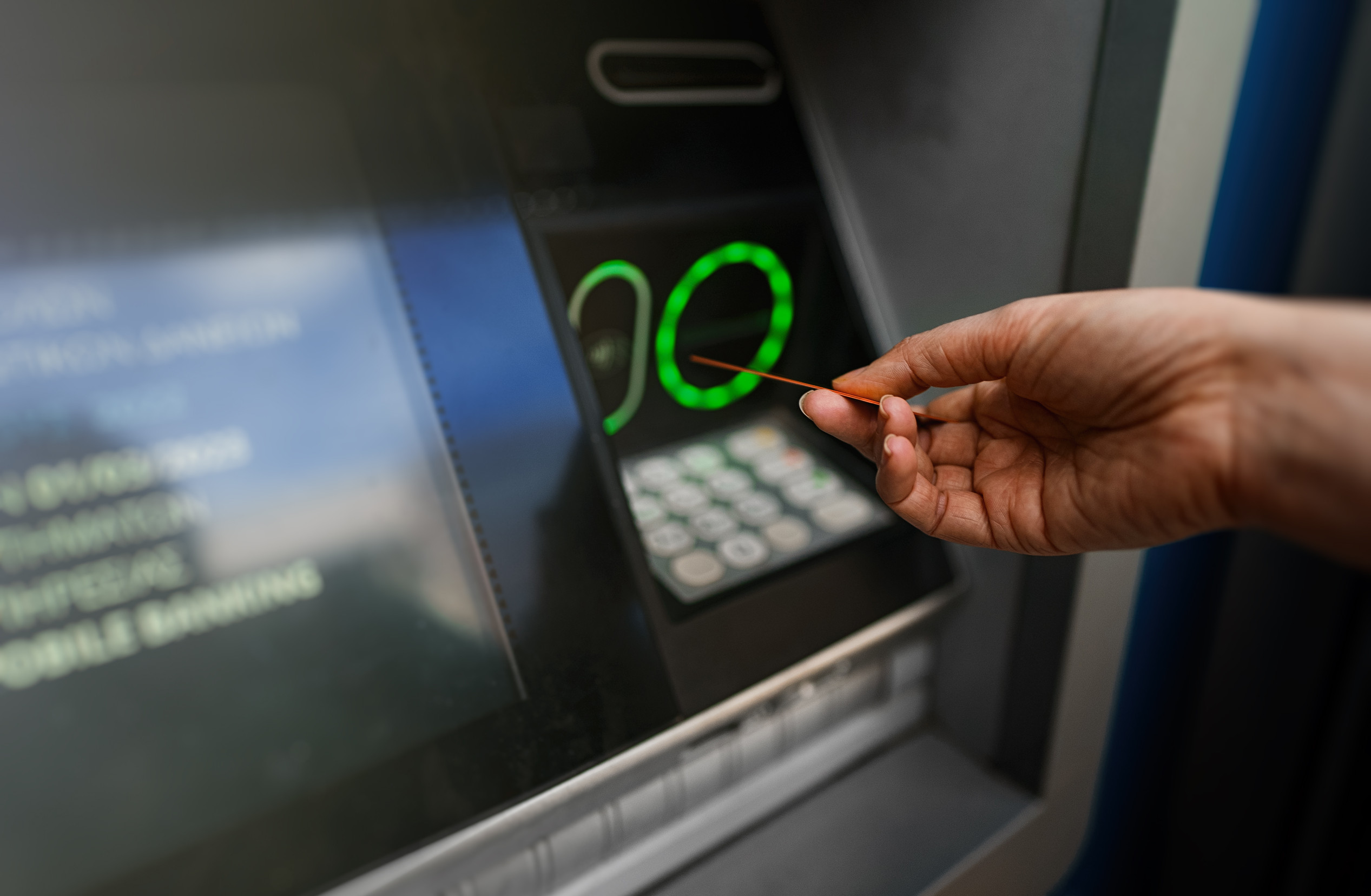Banks have become digital detectives, constantly scanning for suspicious activity with sharper eyes than ever. Behind every swipe, transfer, or deposit is a maze of algorithms watching for strange behavior. Fraudsters have grown bolder, but banks have grown smarter, and that’s why transactions are under tighter scrutiny. Every move is measured against patterns of normal behavior, and even the smallest oddity can raise a red flag. The result is a battlefield where speed and vigilance decide who wins—customers or criminals.
1. Rapid-Fire Small Transactions
A sudden burst of small transactions can set off alarms instantly. Fraudsters often test stolen cards with low-dollar charges to see if they work before making bigger moves. To a bank’s monitoring system, that flurry looks suspiciously like a scammer warming up. Even when the purchases seem harmless, like coffee shops or gas pumps, the frequency gives it away. Systems are designed to spot the rhythm, not the price tag.
2. Unusual Location Activity
When a card used in Los Angeles suddenly pops up in Berlin within hours, the system doesn’t buy the story of teleportation. Location-based monitoring keeps tabs on where cards are typically used. Any drastic shift, especially in different countries, looks suspicious. Fraudsters rely on speed, but banks rely on algorithms that recognize impossibilities. That’s why many travelers get fraud alerts faster than their luggage lands.
3. Large Round-Number Withdrawals
Banks are extra wary of big, clean, round-number withdrawals. Scammers and money launderers often prefer neat sums like $5,000 or $10,000 when moving dirty money. To the monitoring system, that precision is a flashing neon sign. Normal account holders tend to withdraw odd amounts based on bills, rent, or purchases. Perfectly rounded amounts stick out like a sore thumb.
4. Sudden Spikes in Spending
A dormant account that suddenly starts buzzing with big purchases is another red flag. Criminals love to hijack old accounts because they assume no one’s paying attention. Banks, however, are very much paying attention to spending velocity. A sudden spike suggests either a shopping spree or a scam. Either way, the system pauses to investigate.
5. Transfers Across Multiple New Accounts
A chain of money bouncing rapidly across unfamiliar accounts is a classic sign of laundering. Fraud rings often open fresh accounts and shuttle funds quickly to hide their origin. Algorithms track the speed and direction of money flow, catching odd transfer webs. To the system, it looks less like normal banking and more like someone trying to erase the money trail. Even if the amounts seem small, the pattern is what raises suspicion.
6. Repeated Failed Login Attempts
Security doesn’t just monitor the money—it monitors the gate. Multiple failed login attempts often signal a brute-force attempt to crack an account. The system doesn’t wait for a full break-in; it flags the attempts immediately. Hackers thrive on persistence, but banks thrive on interruption. Too many failed tries will freeze access, forcing criminals to back off.
7. Transactions Just Under Reporting Thresholds
Criminals know that certain amounts trigger government reporting, so they try to fly under the radar. A series of deposits just below $10,000, for example, practically screams “structuring.” The system now spots this trick faster than ever. Rather than treating each deposit separately, algorithms connect the dots across days and accounts. What looks sneaky to a criminal looks predictable to a bank.
8. Sudden Overseas Wire Transfers
International transfers aren’t suspicious on their own, but the context matters. A sudden wire to an overseas account with no history of global activity raises eyebrows instantly. Banks know where their customers usually send money, and drastic changes stand out. Criminals rely on quick overseas movement, hoping to beat the freeze. Monitoring systems cut them off before the funds vanish into another jurisdiction.
Banks Don’t Miss a Beat
Banks aren’t just keeping score anymore—they’re playing defense in real time. Every transaction gets weighed against behavior, location, and history. The systems don’t sleep, and that’s why fraudsters can’t hide in plain sight. The smarter criminals get, the sharper the banks become.
What suspicious patterns do you think banks will start tracking next? Share your thoughts in the comments.
Read More
The New Banking Feature That’s Blocking Some Inheritance Transfers
9 Financial Moves That Look Suspicious to Banks Now


